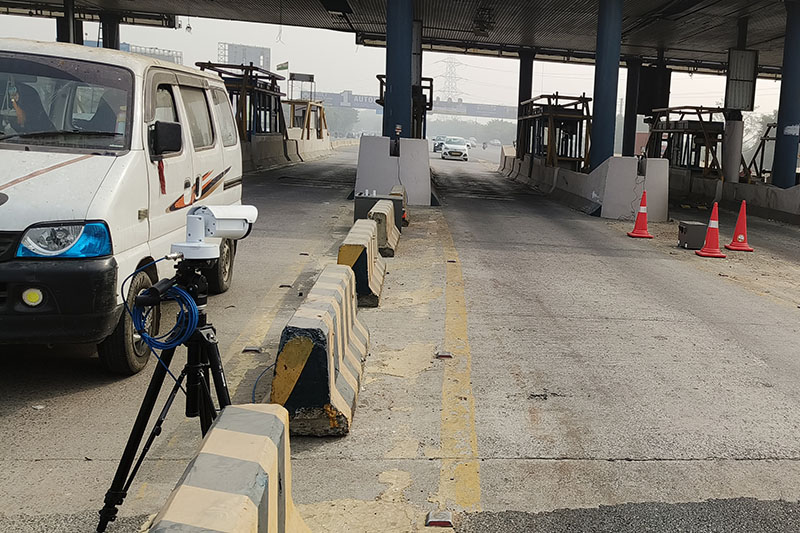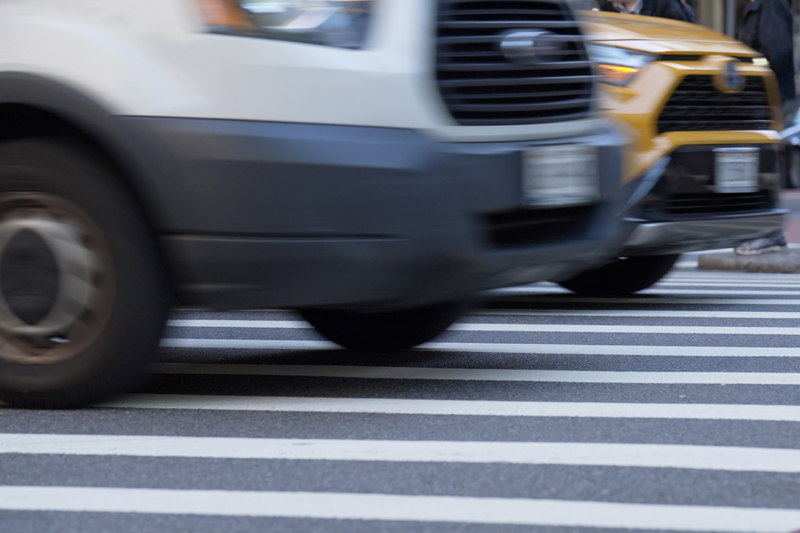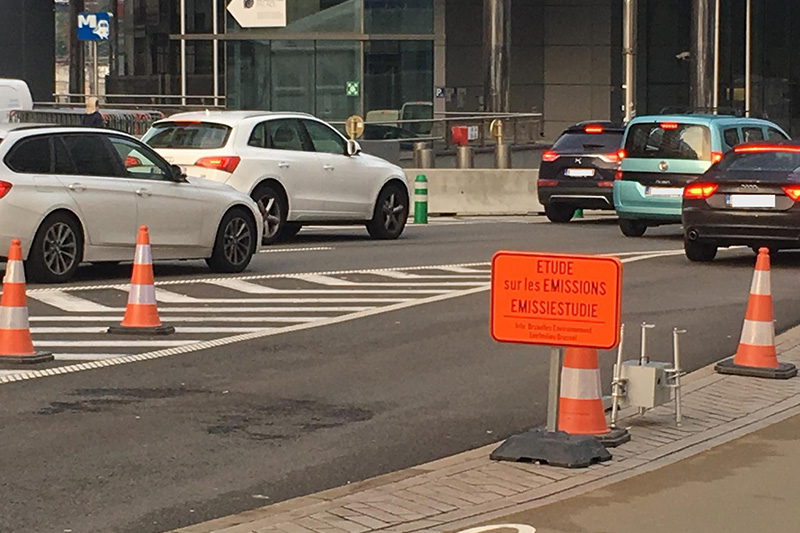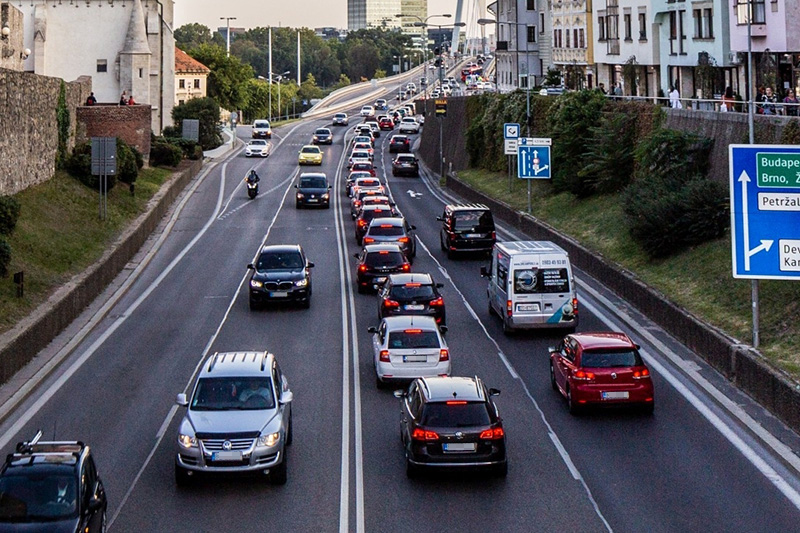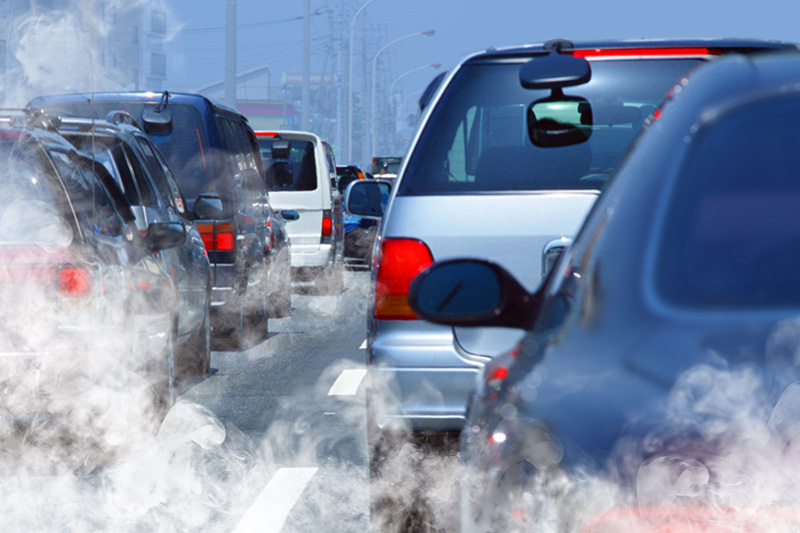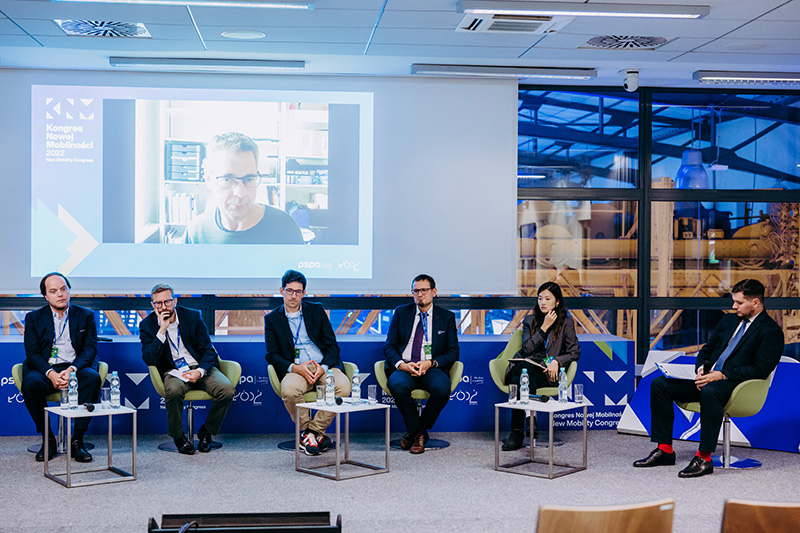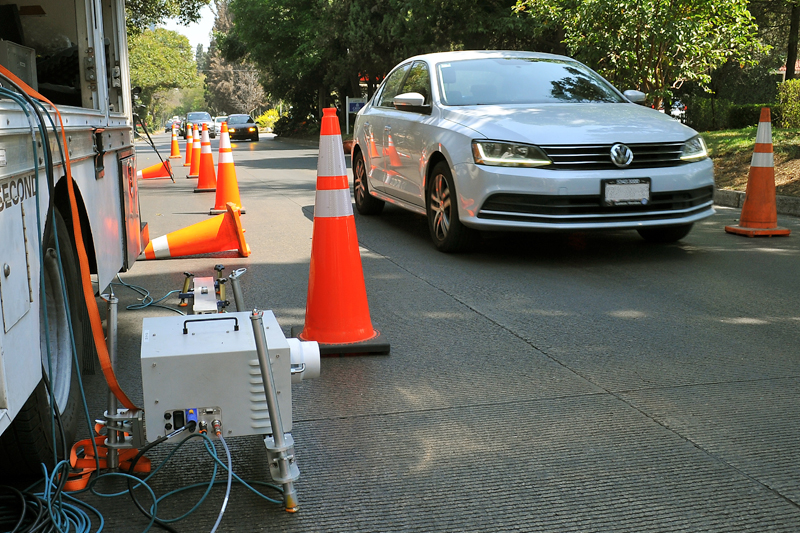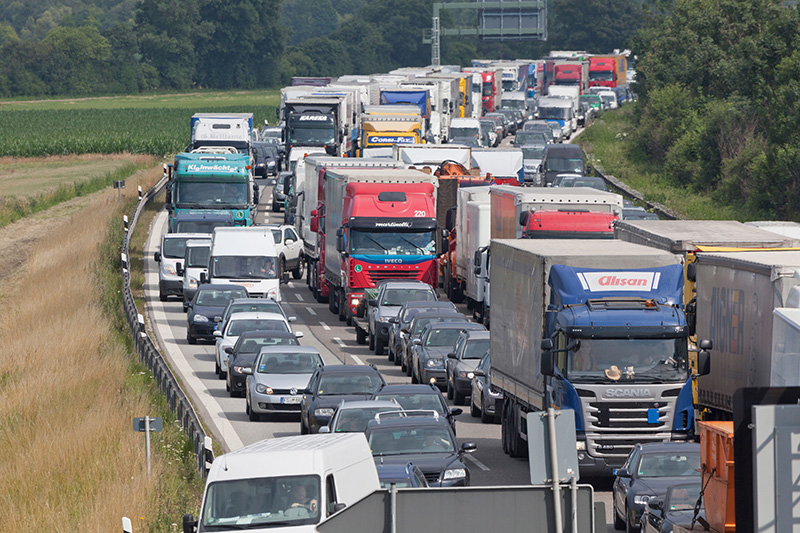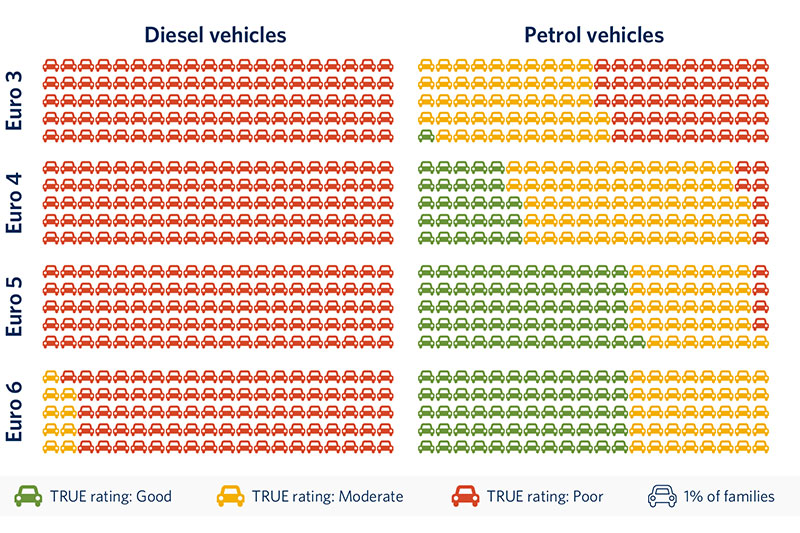TRUE remote sensing campaign begins in Delhi NCR
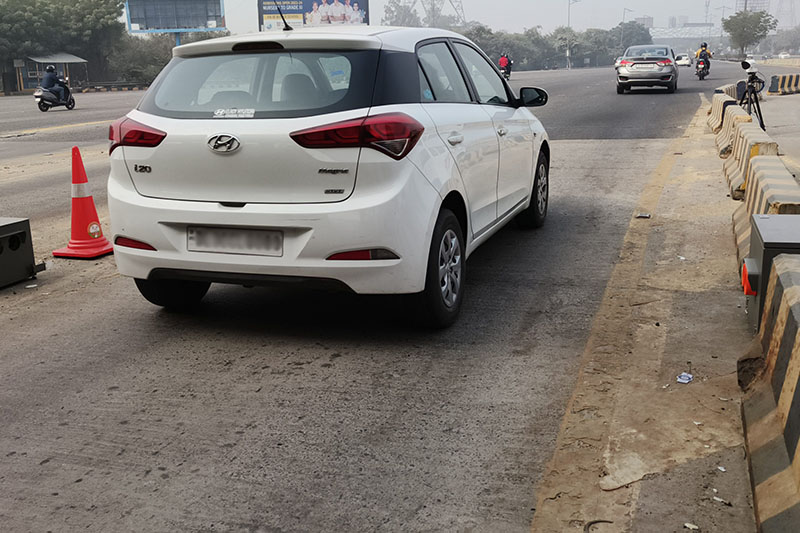
A TRUE Initiative study of real-world vehicle emissions has begun in Delhi National Capital Region, marking the first work of the Initiative in India.
In this study, remote sensing technology will be used to measure vehicle exhaust emissions at more than 15 locations across the Delhi National Capital Region (NCR), primarily in and around Delhi and Gurugram. These data will provide detailed insights into the in-use emissions of the Delhi NCR fleet and will help to inform policies to improve air quality and reduce negative health impacts. The testing and analysis, led by the International Council on Clean Transportation (ICCT) and supported by Clean Air Fund (CAF), is being carried out in collaboration with the Delhi Transport Department, National Highways Authority of India and the Gurugram Administration.
Excess real-world vehicle emissions are a longstanding issue, and poor real-world emissions control has contributed to persistent air quality problems in cities like Delhi, adversely impacting public health. The Delhi NCR region has consistently ranked in the top 10 most polluted locations in India in terms of particulate matter (PM) pollution. A 2018 study by TERI-ARAI estimated that the transport sector contributes 28%–30% of fine PM (PM2.5) levels and 24%–25% of coarse PM (PM10) levels during the winter peak pollution season in Delhi.
On-road combustion engine vehicles in India are currently required to undergo annual emissions testing at government designated test centres. However, these tests are limited in scope and are performed while the vehicle is idling, as opposed to during real-world operation. For petrol and CNG/LPG vehicles, the tests assess only carbon monoxide, hydrocarbon, and air-fuel ratio, while for diesel vehicles, a smoke density test is performed which looks at the light absorption coefficient and the Hartridge Smoke Unit. These tests fail to capture key pollutants of concern - PM and NOx - which contribute greatly to air pollution and are harmful to human health.
TRUE researchers will use an alternative technology - remote sensing - to monitor the real-world emissions of the vehicle fleet and provide data and evidence to inform policy decisions to reduce the impacts of the highest emitting vehicles. The use of remote sensing to measure vehicle emissions has been piloted previously in India. The International Centre for Automotive Technology conducted a 2018 remote sensing study at a number of toll locations in Delhi, and the city of Kolkata has been using remote sensing technology since 2009 as part of their high-emitter identification program.
The TRUE study is an opportunity to build upon this previous work by collecting up-to-date measurements of the current Delhi NCR fleet. TRUE researchers plan to measure the emissions of more than 100,000 in-use vehicles at more than 15 locations in Delhi and Gurugram. TRUE, in collaboration with the Centre for Science and Environment, will complement the emissions testing study with a training session for government stakeholders to support wider adoption of remote sensing programs in Indian cities.
Delhi has initiated a number of actions to address poor air quality in the region, including the promotion of electric vehicles, implementing an emissions inspection program, and establishing a low-emission zone which restricts access for diesel-powered trucks. Analysis of the data collected during this study can be used to complement the government’s efforts and inform existing or future vehicle emissions control programmes. The TRUE Initiative will publish an analysis of the Delhi remote sensing data in the first quarter of 2024.
Sheila Watson, FIA Foundation Deputy Director, said: “Delhi faces an extreme challenge in terms of dirty air and the severe health impacts which result. This TRUE study will help those with a responsibility to act to do so in an effective way.”
